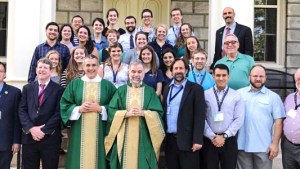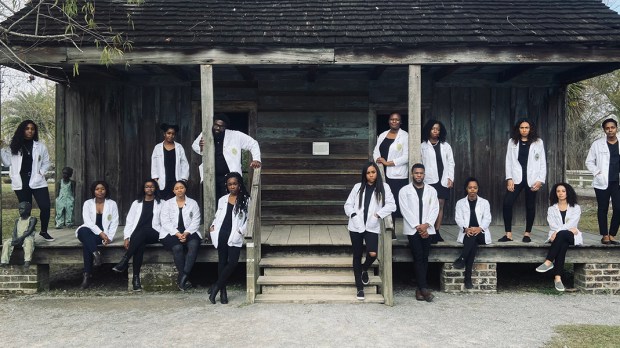The Whitney Plantation in Louisiana is dedicated to honoring those enslaved less than two centuries ago. People visiting the plantation get to learn about the lives of slaves; the work they carried out, and their living conditions. It’s an eye-opening tour that remembers the men, women, and children who worked the fields in this now historic district.
So when a group of young black medical students posed for a photo in front of the slaves’ quarters, they sent a powerful message that not only inspires young black children to pursue their dreams, but one that would no doubt fill their ancestors with great pride.
Standing in front of the slave quarters of our ancestors, at The Whitney Plantation, with my medical school classmates. We are truly our ancestors’ wildest dreams ✨✊🏾 pic.twitter.com/d8E1g2Ojbm
— Sydney Labat (@_botttt) December 14, 2019
The idea for the picture came from Russel Ledet from Tulane University after he’d visited the plantation with his daughter. “Just thinking about being a black doctor in America. I think more people should see this,” he explained to NBC News.
After talking to his classmates, a group of 15 black med students donned their white coats to stand in front of the old slave quarters. “Seeing that many black students in training in one photo was striking. In a place that was dedicated to our ancestors and their struggles,” fellow doctor-in-training, Sydney Labat shared, adding, “Standing in front of the slave quarters of our ancestors, at The Whitney Plantation, with my medical school classmates. We are truly our ancestors’ wildest dreams.”
In their bid to inspire black children to join a profession where black people are seriously under-represented, the medical students wish to have the photo put up in schools. With a number of school boards ready to put the photo up on their classroom walls, it seems the message of Labat and his fellow medical students will hopefully motivate youngsters to fulfill their dreams, whether it’s becoming a doctor or the very best person they can be.
Read more:
WATCH: Why America Needs A Slavery Museum

Read more:
Is there a future for Catholic doctors?

